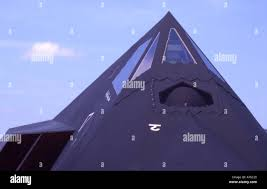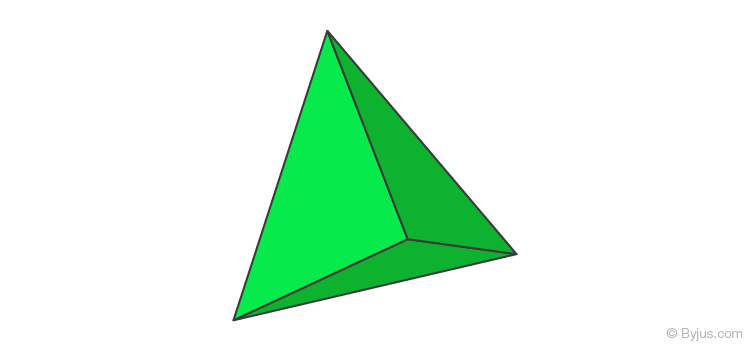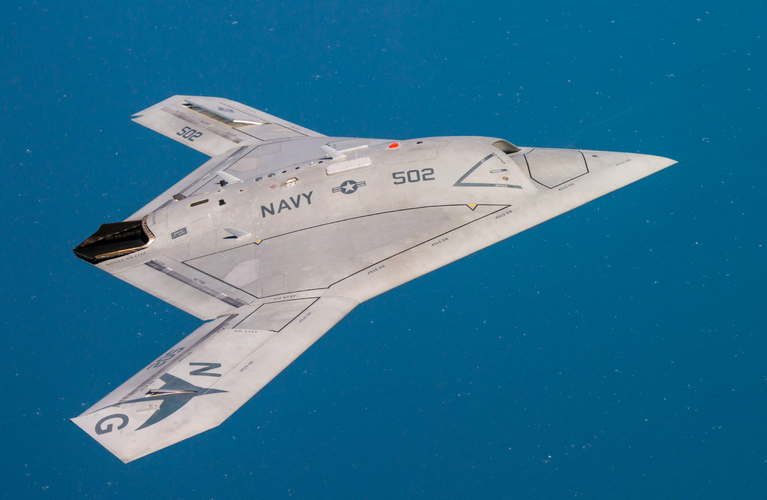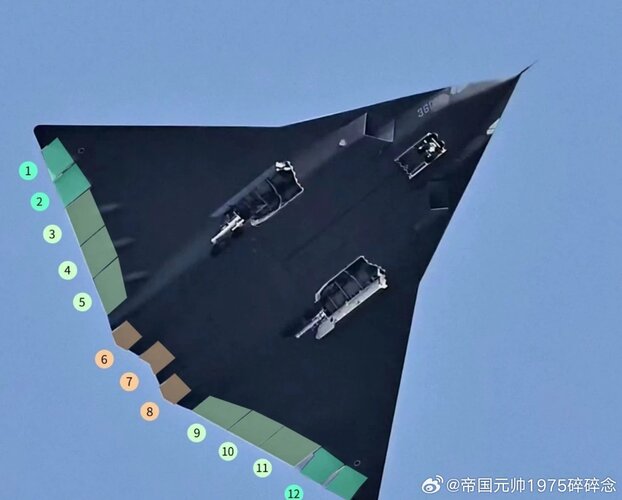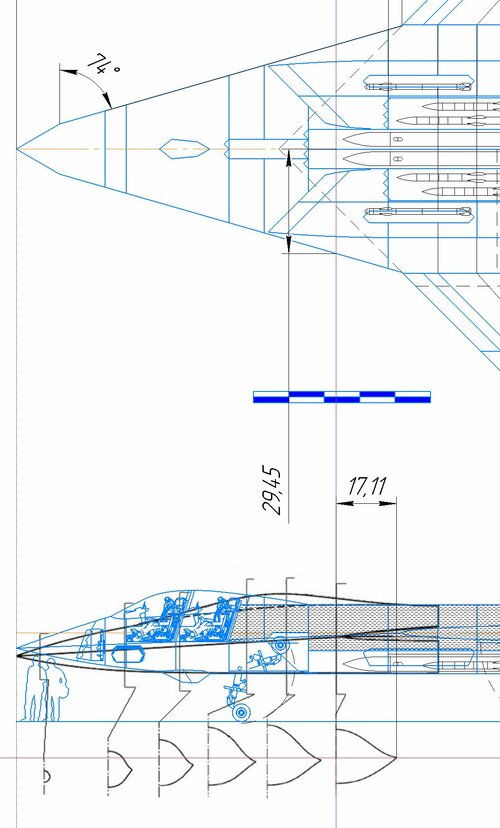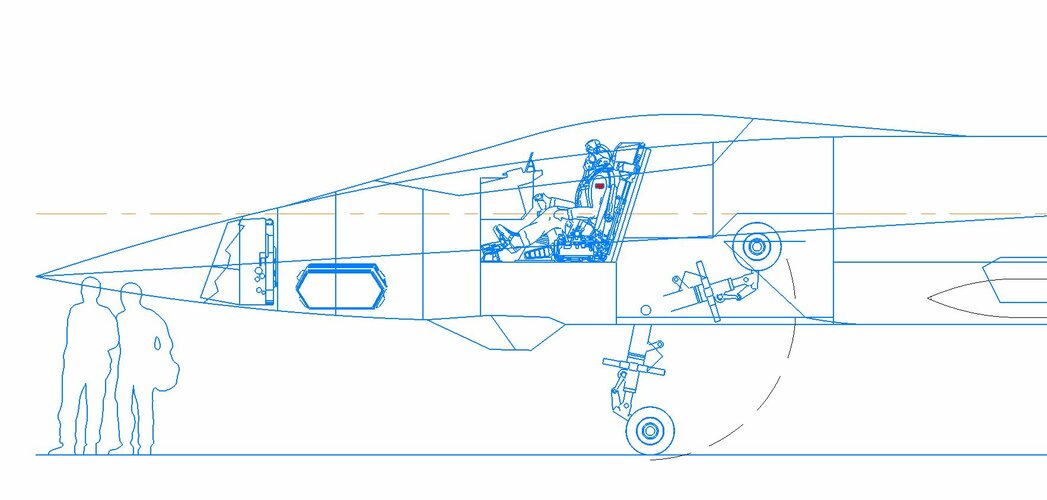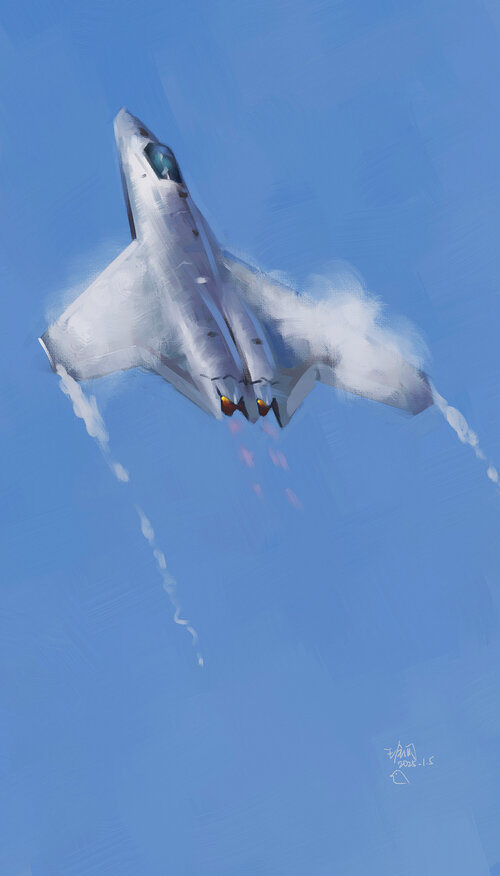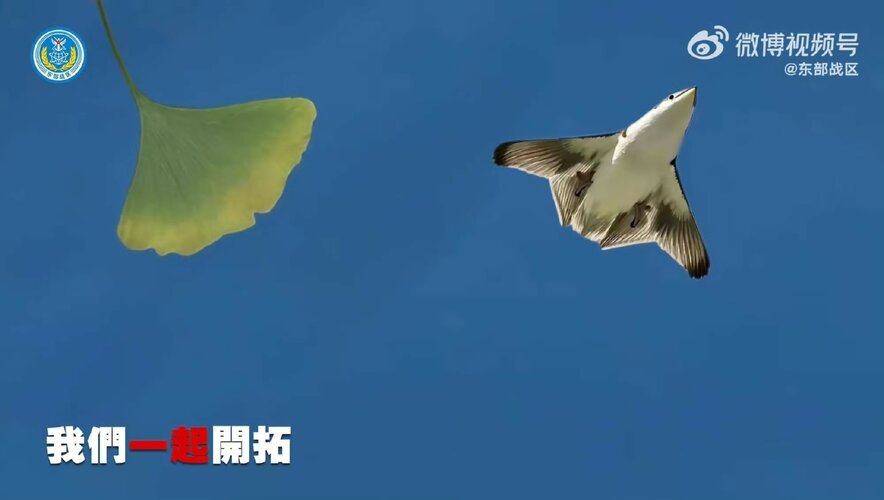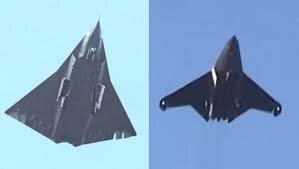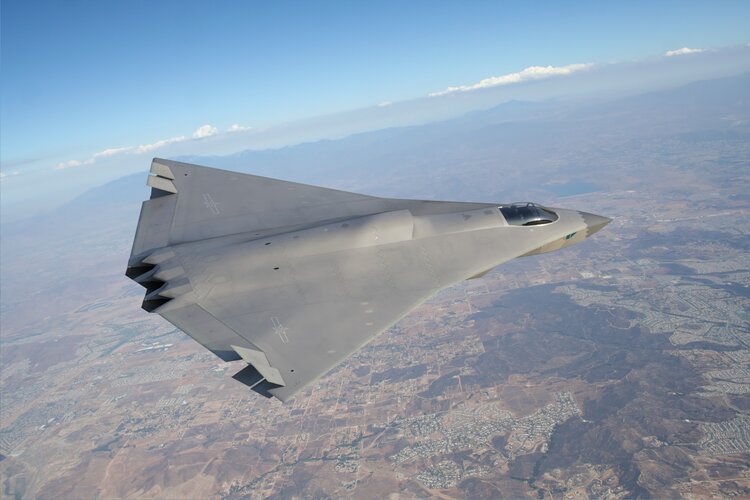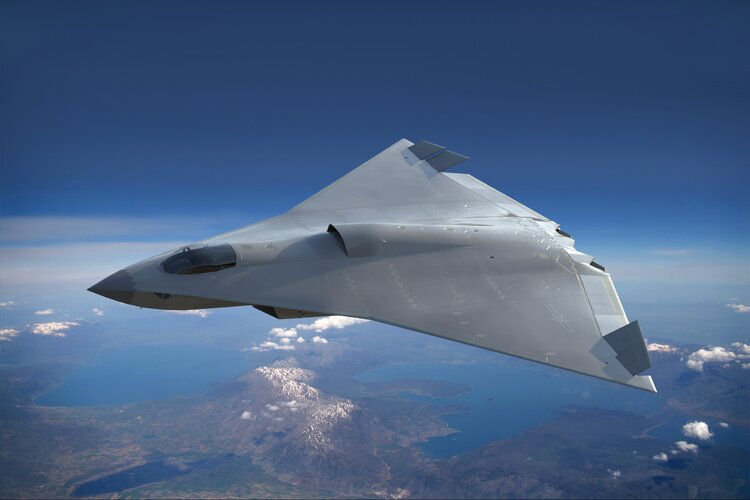For what it's worth (not a huge amount), I'm a professional engineer developing systems for F1, Indycar and road going sportscars so I know a fair amount about high power propulsion (used to design engines including aero-engines, later electric machines) and I have a very substantial library with many of the books people recommend on this site.
I get (and made originally) the point about the complexity of sealing an intake door. I don't doubt it. I also know as does everyone else here that weapon bay doors are also complex, and also solveable. So my take is that isn't a showstopper but it certainly is a challenge.
The angle of the closed inlet is not bluff or perpendicular to the airflow, and in the loitering mode the speed is relatively low (or at least IAS is) so the drag is hardly a given to be higher than the intake duct viscous drag / crubbing losses or the drag of windmilling turbines.
The SFC of these engines operating at 66% output is far lower than all three at 22%, that is my expectation based on normal turbomachinery characteristics. I apprecate what inlet guide vanes and variable stator blading can do to broaden the efficiency map, but I would be very interested if anyone here knows a lot about the thrust specific fuel consumption benefits or otherwise of shutting down engines for loiter. I've done plenty of efficiency / fuel consumption analysis in the past for turbomachinery in aerospace so very interested to hear if the forum can explain why this wouldn't be extremely beneficial to reduce fuel consumption at low speeds - just to be clear I'm talking about the loiter segment of a CAP, not trying to go M1.5 on 1 engine!
I appreciated Paul's point that a well designed inlet with suitable RAM and/or Compressor shielding technologies should do the job perfectly well. I take that and I accept that might be fact (and would definitely be the position of the airframe team unless there were really compelling benefits), but I also consider it not a certainty that the component of the RCS due to reflections from inside the duct is perfectly attentuated (unless Quellish or Hydroman for instance confirm otherwise). It may well be that this is the case, but a lot of work is put into this detail so I don't know whether or not it's possible to improve the RCS with a 'total blocker' as opposed to the existing solutions. This is basically my question open to all, and not the typical statement of an opinion being a prediction - I'm just interested if there is an angle here. Since I bought a second hand copy of the Future Fighters Salamander back in the late 80's there have been plenty of aircraft with dorsal as opposed to convential intakes. To have both seems like an unexpected outcome and not one the designers would have decided upon lightly. To have this just to support the third engine seems a bit like shallow foundations. Normally in this space you need several good reasons to underpin a design decision, not just one.
Airbus A340's point about the complexity of challenging the B-21 is perfectly valid. If I were in the PRC shoes though I wonder if they would be so comfortable (betting there kids lives as someone said today) on just letting it operate unchallenged. The other targets for this aircraft are difficult for me to justify a whole new aircraft over say more J-20's. What is this aircraft bringing to the fight that is unavailable in an adequate capability level in a lower cost and in greater numbers.
Is it the size - longer ranged, UHF band benefits as Quellish's explanation would support this larger aircraft having some scale advantage compared to J-20?. If it's just to be longer legged to strike ground targets in the enemy operating bases why not 100% dorsal intake, and for that matter why not two engines if it's a glorified modern day Vigilante or FB-111 analogue.
I think a concept that fits with the observed features could be.... Design aircraft to transition at high speed (to get substantially east of Taiwan) at supercruise speeds (with all engines running and all inlets open, to be clear) and then loiter for as long as reasonable on one engine in an attempt to act as pickets using IRST to identify B-21's at high altitude (which may have a harder time identifying and avoiding the threat than 4th or 5th gen fighters). Then the aircraft could restart the engines and operate on all three engines with all inlets very much open. The supercruise is also obviously a strong benefit for lob range of AAMs etc etc as well as allowing groups of these aircraft to revector/pivot once a set of targets are identified. Clearly whether or not intake doors are shut, open or flapping about in the wind(!) is hardly a key point, but it's interesting to me because I'm interested in the RCS discussions to (and always have been).
Please bear in mind I am not hammering on about this at of some narcisistic design to be right, or to proclaim that this is the gospel according to me. In engineering there are some certainties and then there are many cases where it's a case of deciding how to make a best stab of optimising for complex and usually very interesting trade-offs, primary and secondary benefits and so-on. I am interested in your opinions mainly because I find the details very interesting in a purely engineering context.
I definitely wasn't thinking the dorsal inlet would need to be sized for all engines demand, only the centreline unit.
I do think there is thrust vectoring but I suspect they could make a case for only caring much about deflecting in pitch up and that pitch down doesn't need to be as effective given the other limits of negative g and the concept to operate primarily at high altitude where upward IR emissions might not be their concern.
Lastly (and back to A340's point) if they're right then does this mean the B-21 is welcome to know on China's door with impunity and do they have a different strategy to deal with B-21 or can someone elaborate?


